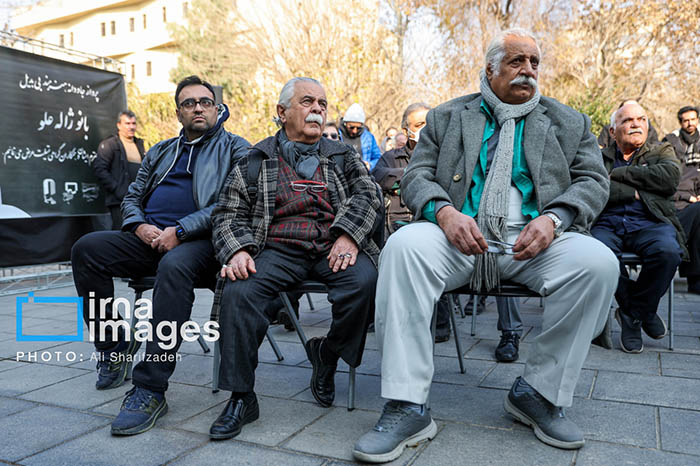Socio-Cultural Context and Audience Shifts
During the 1960s and early 1970s, the cultural landscape of Iran was undergoing significant changes. The general decline in acceptance of commercial elements such as violence and sex, particularly among the educated youth, created a demand for more thoughtful and meaningful cinema. This shift in audience preferences aligned with the aspirations of the New Wave filmmakers, who sought to elevate Iranian cinema through artistic innovation and cultural authenticity.
The influence of these filmmakers extended beyond the screen, fostering a cultural dialogue that resonated with audiences. Their work was instrumental in bridging the gap between traditional Persian values and modern cinematic expression, creating a unique identity for Iranian cinema.
The Role of the Tehran International Film Festival
In addition to the domestic success of Iranian cinema, the 1970s saw the country emerge as a significant player on the global stage. The Tehran International Film Festival, established during this period, became the most important film festival in Asia and earned A-level status from the International Federation of Film Producers. This prestigious event not only showcased Iranian films to an international audience but also brought global cinema to Iran, fostering cross-cultural exchange and inspiring local filmmakers.

